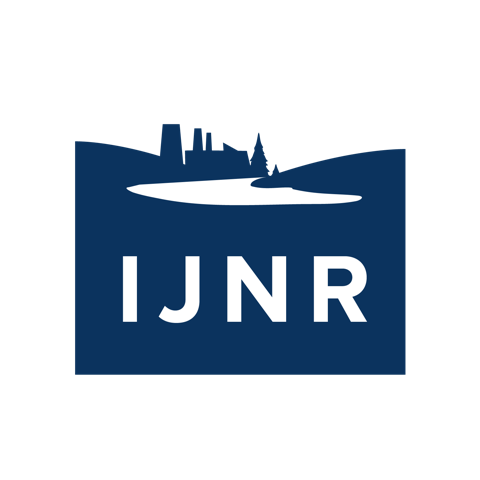Talking Science, Telling Stories:
Natural Resource Journalism in the Great Lakes
March 2 & 3, 2015
Innovation Park at the University of Notre Dame
Karner Blue Butterfly. Photo courtesy University of Notre Dame Environmental Change Initiative.
This workshop explored the latest science in areas like invasive species detection, nutrient pollution of freshwater resources, and adaptive management strategies to help endangered species survive a changing climate in the Great Lakes basin and beyond.
Hosted by the University of Notre Dame's Environmental Change Initiative, the two-day workshop featured a key component of IJNR programming - getting journalists out into the field. Participating journalists were able to:
- Hike around Indiana Dunes State Park, where efforts are under way to help the endangered Karner blue butterfly survive a changing climate.
- Visit farms in the Mississippi watershed to talk with farmers and scientists about the latest developments in controlling nutrient pollution and runoff in both the Mississippi River and Great Lakes.
- Tour Notre Dame's "Linked Experimental Ecosystem Facility," an experimental wetland created to help bridge the gap between science in the lab and research in the field.
- Discuss invasive species, such as Asian carp, and the eDNA technology used to test ecosystems for invasives.
The workshop explored the latest in the field of science communication studies, and noted experts shared insights into how an increasingly politicized public processes environmental information, and spurred discussion on how to better tell some of the most important stories on the planet.

